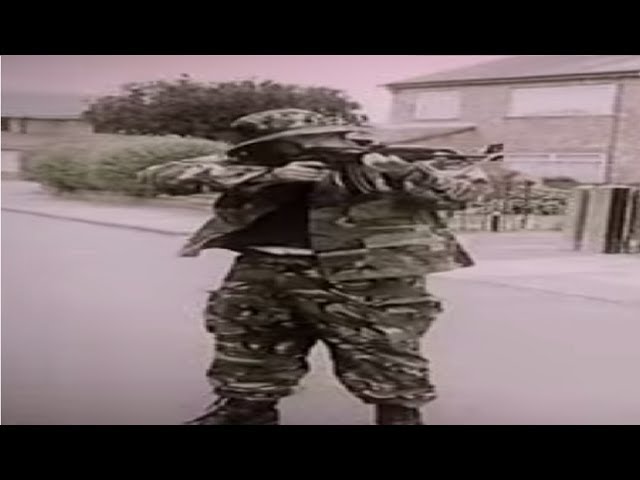In the haunting documentary “The Hungerford Massacre,” we are confronted with the chilling events that unfolded on an otherwise tranquil summer day in 1987. This film, driven by the raw and harrowing testimonies of those who were directly involved, reconstructs the scenes that bear witness to the horrifying one-man killing spree that forever changed a quiet English town. The authenticity of the narrative is underlined by the fact that the emergency calls made on that fateful day are the actual recordings.
The documentary delves into the depths of human experience, weaving together the voices of survivors, witnesses, and law enforcement personnel who found themselves thrust into a nightmare. Through their firsthand accounts, the film unveils the true extent of the tragedy, piecing together a mosaic of events that shattered the tranquility of Hungerford.
As the film unfolds, we are transported back in time, compelled to bear witness to the unimaginable horror that unfolded. The chilling reality of the massacre is laid bare through the testimonies of those who lived through it. Their voices, laden with emotion and trauma, offer a profound insight into the fear, confusion, and chaos that engulfed the town.
The documentary pays homage to the power of human resilience, shining a light on the courageous individuals who risked their lives to protect others. Their acts of bravery, recounted with vivid clarity, provide a glimmer of hope amidst the darkness. Their selflessness serves as a reminder that even in the face of unimaginable terror, the human spirit can rise above the depths of despair.
While the documentary explores the shocking acts committed by the perpetrator, it does not sensationalize or glorify the violence. Instead, it aims to honor the victims and provide a platform for their stories to be heard. By amplifying the voices of those affected, the film allows us to connect with the profound loss and enduring trauma experienced by the community.
“The Hungerford Massacre” challenges us to confront the painful realities of such tragic events and prompts us to reflect on the broader implications they hold for society. It raises important questions about mental health, gun control, and the responsibility of communities to support and protect vulnerable individuals. Through a lens of empathy and compassion, the film encourages dialogue and a deeper understanding of the complex factors that contribute to such devastating acts of violence.
As viewers, we are left with a sense of sorrow and contemplation. The wounds inflicted by the Hungerford Massacre are deep and lasting, leaving an indelible mark on the collective memory of the town. The documentary serves as a poignant reminder that behind each headline, there are real lives affected, forever scarred by tragedy.
In conclusion, “The Hungerford Massacre” is a deeply unsettling and thought-provoking documentary that sheds light on a dark chapter in history. By centering the narrative around the firsthand accounts of those who witnessed the horror, the film pays tribute to the victims and reminds us of the human capacity for resilience in the face of unimaginable adversity. It is a testament to the power of storytelling as a means of understanding, healing, and ultimately preventing future acts of violence.

